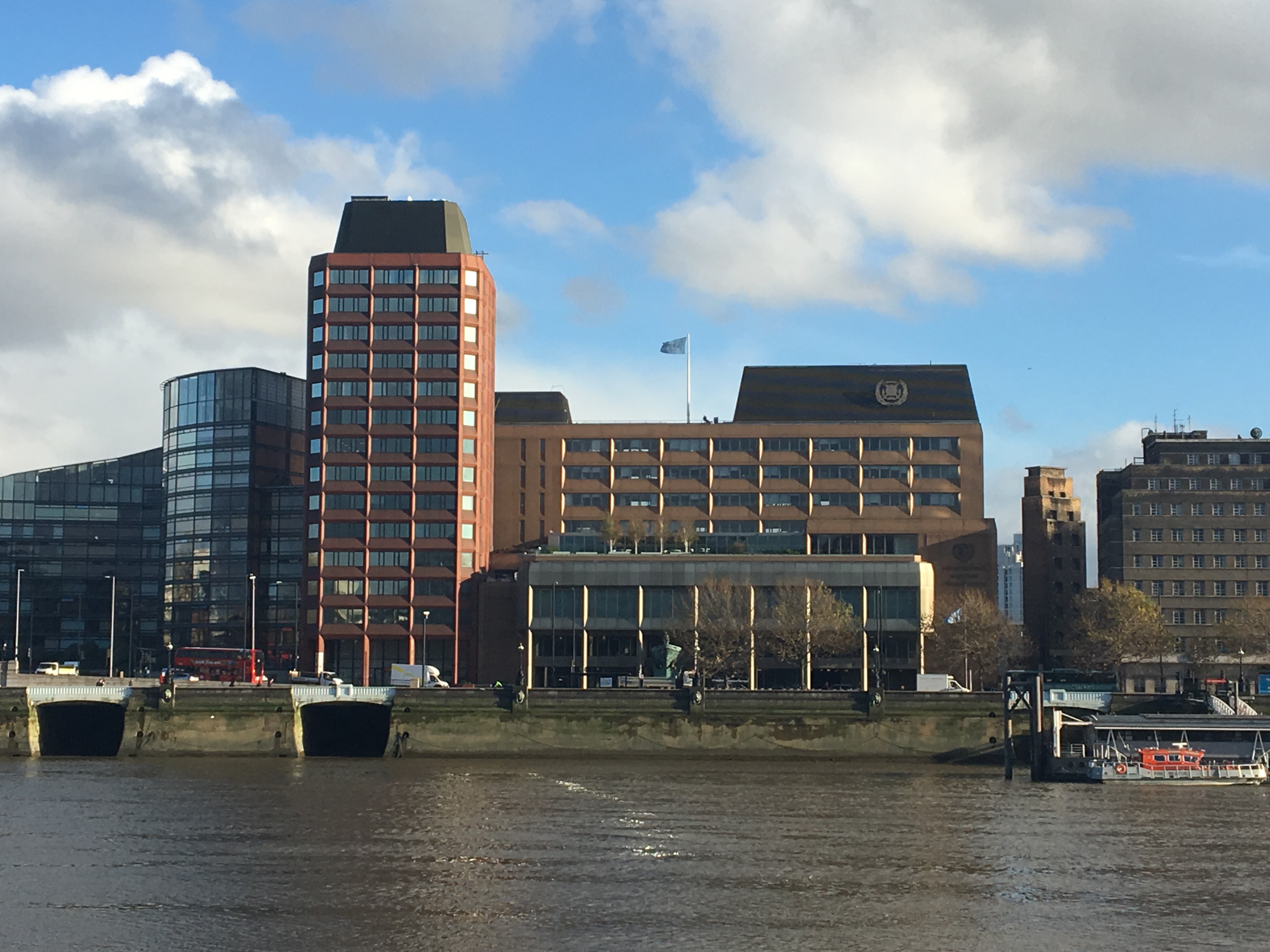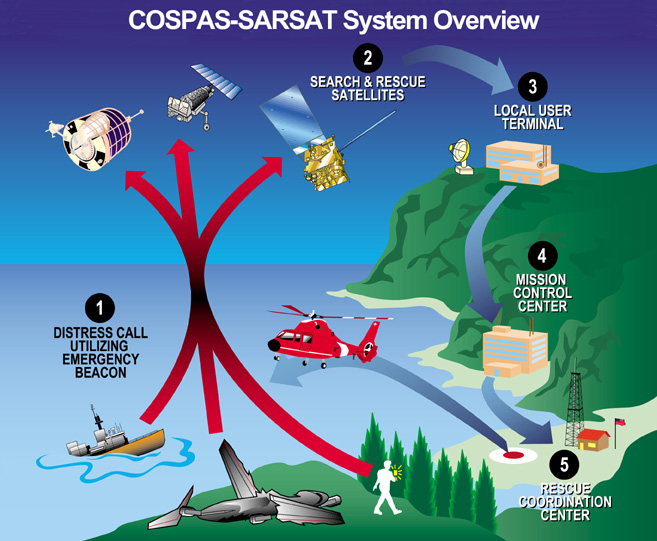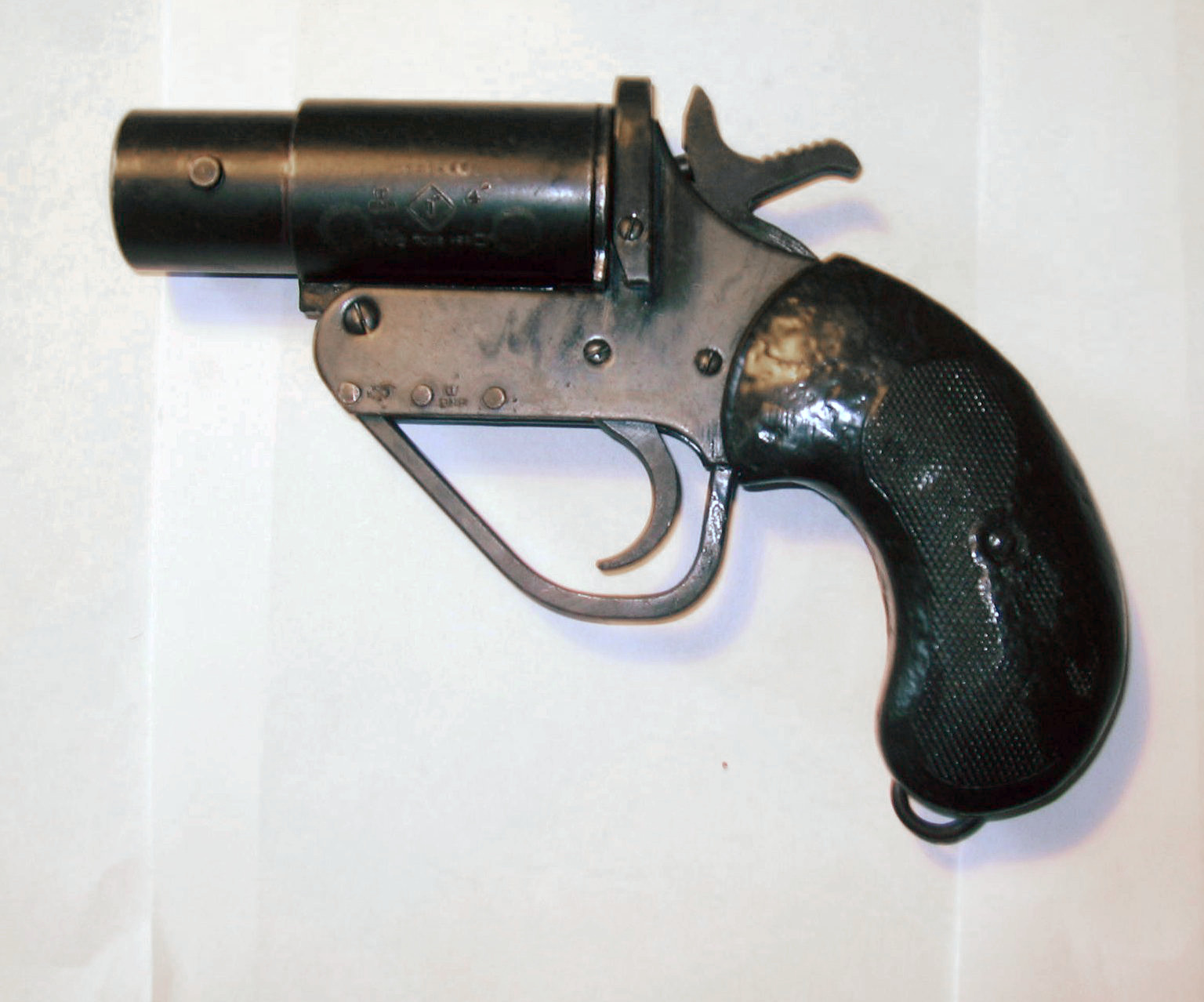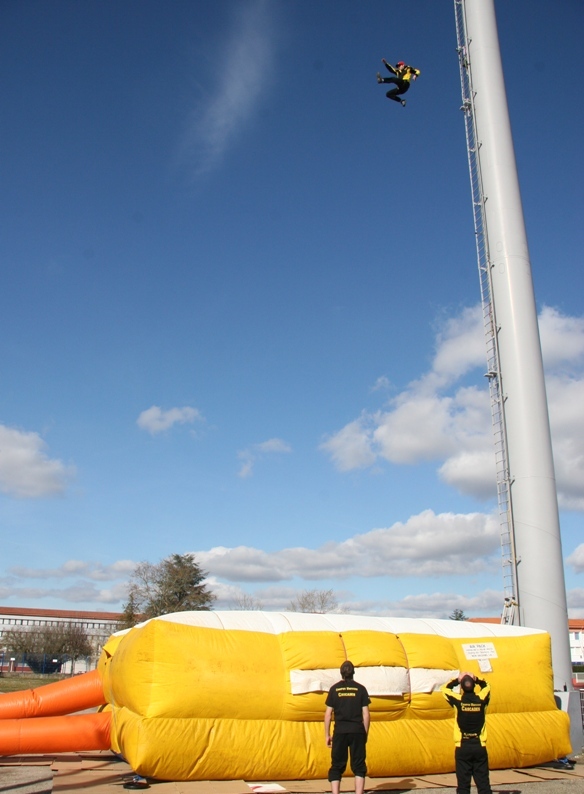|
Maritime Emergency
A maritime emergency refers to any critical situation at sea where a vessel or its crew faces immediate distress, such as mechanical failure, fire, severe weather, medical emergencies, or collisions. These emergencies can trigger rescue operations involving specialized maritime safety measures and coordination between various maritime organizations. Modern maritime emergency response include rapid alert systems like the Global Maritime Distress and Safety System GMDSS, which enables vessels to send distress signals and receive assistance. The International Maritime Organization (IMO) and the International Convention on Maritime Search and Rescue (SAR) Convention set the framework for coordinated rescue operations, ensuring that distress situations are managed efficiently and that vessels provide assistance to those in need. See also * Coast guard * Emergency Position-Indicating Radio Beacon (EPIRB) * Flare gun * Global Maritime Distress Safety System * Lifeboat * Mayday Mayday ... [...More Info...] [...Related Items...] OR: [Wikipedia] [Google] [Baidu] |
Global Maritime Distress And Safety System
The Global Maritime Distress and Safety System (GMDSS) is a worldwide system for automated emergency signal communication for ships at sea developed by the United Nations' International Maritime Organization (IMO) as part of the SOLAS Convention. It is a set of safety procedures, types of equipment, and communication protocols used for safety and rescue operations of the distressed ships, boats, and aircraft. It is supplemental to the International Convention on Maritime Search and Rescue (ICMSaR) adopted in 1979 and provides basis for the communication. GMDSS consists of several systems which are intended to perform the following functions: alerting (including position determination of the ship in distress) ships in the vicinity and ashore authorities, search and rescue coordination, locating (homing), maritime safety information broadcasts, general communications, and bridge-to-bridge communications. Specific radio carriage requirements depend upon the ship's area of operati ... [...More Info...] [...Related Items...] OR: [Wikipedia] [Google] [Baidu] |
International Maritime Organization
The International Maritime Organization (IMO; ; ) is a List of specialized agencies of the United Nations, specialized agency of the United Nations responsible for regulating maritime transport. The IMO was established following agreement at a UN conference held in Geneva in 1948 and the IMO came into existence ten years later, meeting for the first time on 17 March 1958. Headquartered in London, United Kingdom, the IMO, in 2024, has 176 Member States and three Associate Members. The IMO's primary purpose is to develop and maintain a comprehensive regulatory framework for shipping and its remit today includes maritime safety, environmental concerns, and Admiralty law, legal matters, among other issues. IMO is governed by an assembly of members which meets every two years. Its finance and organization is administered by a council of 40 members elected from the assembly. The work of IMO is conducted through five committees and these are supported by technical subcommittees. Other ... [...More Info...] [...Related Items...] OR: [Wikipedia] [Google] [Baidu] |
International Convention On Maritime Search And Rescue
The International Convention on Maritime Search and Rescue (SAR Convention) is a maritime safety convention of the International Maritime Organization. It entered into force on 22 June 1985. The convention forms part of the legal framework covering search and rescue at sea. The SAR Convention was adopted on 27 April 1979. It entered into force on 22 June 1985. The Convention has been amended by IMO resolutions MSC.70(69) and MSC.155(78). These amendments were made in 1998 and in 2004 respectively. Content The SAR Convention covers coordinated Search and rescue at sea, including the organisation of Air-sea rescue Air-sea rescue (ASR or A/SR, also known as sea-air rescue), and aeronautical and maritime search and rescue (AMSAR) by the ICAO and International Maritime Organization, IMO, is the coordinated search and rescue (SAR) of the survivors of emergenc ... services. The aim of the convention was to ensure agreed, standardised procedures for SAR around the world. It establi ... [...More Info...] [...Related Items...] OR: [Wikipedia] [Google] [Baidu] |
Coast Guard
A coast guard or coastguard is a Maritime Security Regimes, maritime security organization of a particular country. The term embraces wide range of responsibilities in different countries, from being a heavily armed military force with customs and security duties to being a volunteer organization tasked with search and rescue without law enforcement authority. In most countries, a typical coast guard's functions are distinct from those of the navy (a military service) and the transit police (a law enforcement agency), while in certain countries they have similarities to both. History United Kingdom The predecessor of Britain's modern HM Coastguard, His Majesty's Coastguard was established in 1809 as the Waterguard, a department of the HM Customs and Excise authority, which was originally devoted to the prevention of smuggling. At the time, due to high UK taxation on liquors such as brandy, as well as tobacco and other luxuries, smuggling of such cargos from places such as F ... [...More Info...] [...Related Items...] OR: [Wikipedia] [Google] [Baidu] |
Emergency Position-Indicating Radio Beacon
An emergency position-indicating radiobeacon (EPIRB) is a type of emergency locator beacon for commercial and recreational boats; it is a portable, battery-powered radio transmitter used in emergencies to locate boaters in distress and in need of immediate rescue. In the event of an emergency, such as a ship sinking or medical emergency onboard, the transmitter is activated and begins transmitting a continuous 406 MHz distress radio signal, which is used by search-and-rescue teams to quickly locate the emergency and render aid. The distress signal is detected by satellites operated by an international consortium of rescue services, COSPAS-SARSAT, which can detect emergency beacons anywhere on Earth transmitting on the distress frequency of 406 MHz. The satellites calculate the position or utilize the GPS coordinates of the beacon and quickly pass the information to the appropriate local first responder organization, which performs the search and rescue. As the sea ... [...More Info...] [...Related Items...] OR: [Wikipedia] [Google] [Baidu] |
Flare Gun
A flare gun, also known as a Very pistol or signal pistol, is a large-bore handgun that discharges flares, blanks and smoke. The flare gun is typically used to produce a distress signal. Types The most common type of flare gun is a Very (sometimes spelled Verey), which was named after Edward Wilson Very (1847–1910), an American naval officer who developed and popularized a single-shot breech-loading snub-nosed pistol that fired flares (Very lights). They have a single action trigger mechanism, hammer action, and a center fire pin. Modern varieties are frequently made out of durable plastic of a bright colour that makes them more conspicuous and easier to retrieve in an emergency and assists in distinguishing them from conventional firearms. The Very pistol, typical of the type used in the Second World War, are of one inch bore (26.5mm), now known as "Calibre 4" for signal pistols. These are still available and more recent longer-barrel models can also fire parachute f ... [...More Info...] [...Related Items...] OR: [Wikipedia] [Google] [Baidu] |
Global Maritime Distress Safety System
The Global Maritime Distress and Safety System (GMDSS) is a worldwide system for automated emergency signal communication for ships at sea developed by the United Nations' International Maritime Organization (IMO) as part of the SOLAS Convention. It is a set of safety procedures, types of equipment, and communication protocols used for safety and rescue operations of the distressed ships, boats, and aircraft. It is supplemental to the International Convention on Maritime Search and Rescue (ICMSaR) adopted in 1979 and provides basis for the communication. GMDSS consists of several systems which are intended to perform the following functions: alerting (including position determination of the ship in distress) ships in the vicinity and ashore authorities, search and rescue coordination, locating (homing), maritime safety information broadcasts, general communications, and bridge-to-bridge communications. Specific radio carriage requirements depend upon the ship's area of operatio ... [...More Info...] [...Related Items...] OR: [Wikipedia] [Google] [Baidu] |
Lifeboat (rescue)
A rescue lifeboat is a boat rescue craft which is used to attend a vessel in distress, or its survivors, to rescue crew and passengers. It can be hand pulled, sail powered or powered by an engine. Lifeboats may be rigid, Inflatable boat, inflatable or rigid-inflatable combination-hulled vessels. Overview There are generally three types of boat, in-land (used on lakes and rivers), in-shore (used closer to shore) and off-shore (into deeper waters and further out to sea). A rescue lifeboat is a boat designed with specialised features for searching for, rescuing and saving the lives of people in peril at sea or other large bodies of water. In the United Kingdom and Ireland rescue lifeboats are typically vessels crewed by volunteers, intended for quick dispatch, launch and transit to reach a ship or individuals in trouble at sea. Off-shore boats are referred to as 'All-weather' and generally have a range of 150–250 nautical miles. Characteristics such as capability to withstand he ... [...More Info...] [...Related Items...] OR: [Wikipedia] [Google] [Baidu] |
Mayday
Mayday is an emergency procedure word used internationally as a distress signal in voice-procedure radio communications. It is used to signal a life-threatening emergency primarily by aviators and mariners, but in some countries local organizations such as firefighters, police forces, and transportation organizations also use the term. Convention requires the word be repeated three times in a row during the initial emergency declaration ("Mayday mayday mayday"). History The "mayday" procedure word was conceived as a distress call in the early 1920s by Frederick Stanley Mockford, officer-in-charge of radio at Croydon Airport, England. He had been asked to think of a word that would indicate distress and would easily be understood by all pilots and ground staff in an emergency. Since much of the air traffic at the time was between Croydon and Le Bourget Airport in Paris, he proposed the term "mayday", the phonetic equivalent of the French (a short form of , "come ndhelp me") ... [...More Info...] [...Related Items...] OR: [Wikipedia] [Google] [Baidu] |
Rescue
Rescue comprises responsive operations that usually involve the saving of life, removal from danger, liberation from restraint, or the urgent treatment of injury, injuries after an incident. It may be facilitated by a range of tools and equipment necessary to deal with the specific circumstances. Rescues may be necessary in a wide range of circumstances and environments, and specialised procedures have been developed for many of these. A rescue may also be performed on an ad hoc basis by the people who are available on site, using equipment available on site or assembled from available materials, particularly when the rescue is urgent or it is unlikely that specialist assistance will be available within a reasonable time. First aid medical attention is often closely associated with rescue, and may be a necessary part of a rescue. Equipment used might include search and rescue dogs, mounted search and rescue horses, helicopters, the "Hydraulic rescue tools, jaws of life", and o ... [...More Info...] [...Related Items...] OR: [Wikipedia] [Google] [Baidu] |





